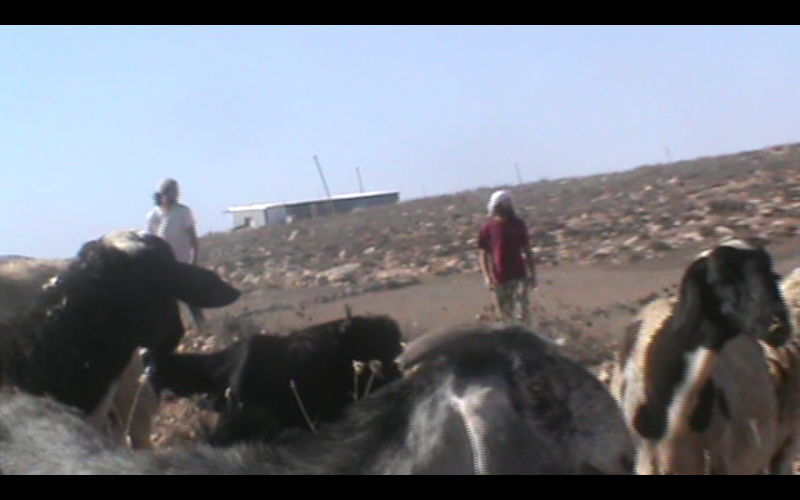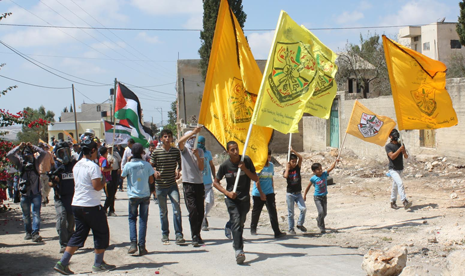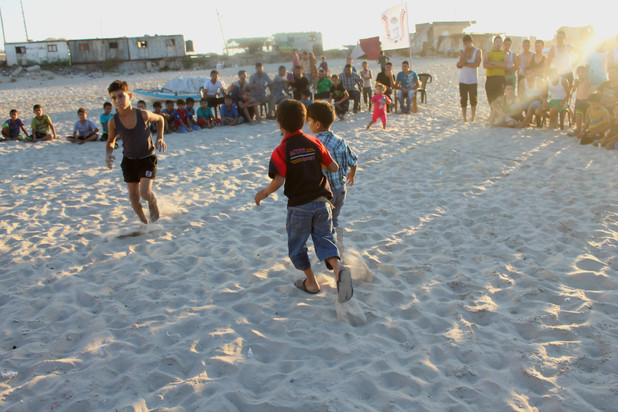Category: Reports
-
Israeli settlers attacked internationals and a Palestinian shepherd
15th September | Operation Dove | At Tuwani On September 14th, two Israeli settlers attacked a Palestinian shepherd and two international near the Israeli outpost of Mitzpe Yair, in the South Hebron Hills area. During the aggression, the settlers stole video cameras from the internationals and broke one of their phones. Israeli police detained the…
-
Israel army cuts electricity to Kufr Qaddum, six villagers dependant on oxygen machines evacuated to hospital
14th September 2013 | International Solidarity Movement, Nablus Team | Kufr Qaddum, Occupied Palestine Kufr Qaddum was without the electricity since 11pm on Thursday night. Six villagers who are dependant on oxygen machines have been evacuated to the nearby hospital in Nablus. The following morning, at the Friday village demonstration, a young man was hit in…
-
Gaza beach massacre commemorated by child survivors
10th September | Joe Catron | Gaza, Occupied Palestine On Sunday evening, as the sun slipped behind the Mediterranean Sea, members of the Bakr family, a sprawling clan of fishermen in Gaza City’s Beach refugee camp, gathered with hundreds of supporters on the beach next to the Gaza seaport. Their assembly commemorated the lives of nine-year-old Ismail…



